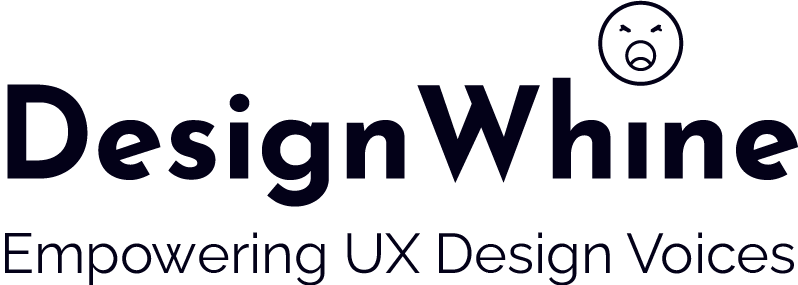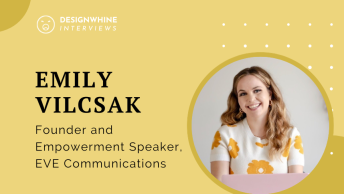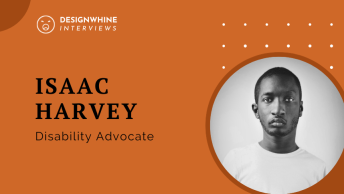Based in the Netherlands and internationally-oriented with a global network of collaborators, learners, and clients, Trey Hahn, founder at Bicycle User Experience (BUX) chats with DesignWhine on their extraordinary mission of helping users rethink bike planning: study people and fit the bicycle into their lives.
Trey Hahn, when approached by our team via a Zoom call began with a short blurb about himself and the remarkable company he’s the founder of – BUX.
“We basically fill the gap between these various fields by using various user research methodologies, user experience design, and usability theory but applying them to a completely different field that is not digitally based,” says Trey, “Our work is primarily focused on urban planning and urban design, and we assist communities that are affected by roads by significant infrastructure projects because there is a great need for better understanding and better infrastructure for these.”
On being asked how the unique ideation of juxtaposing UX design with urban planning came about, Try goes, “Probably six years ago, when I was working in New York before going to the Netherlands for an exchange programme and coming up with a solution to the cycling experience, the first idea was planted long before this company even existed. There were many differences from the U.S.A.. Although there has been a lot of progress made in the U.S.A., I was interested in why cycling there still leaves much to be desired. I used to find it exciting that urban planning could be used to help improve cities, health, etc.”
When Trey was studying UX design, he got intrigued by talks around accessibility, which was also something that urban planners, architects, and street designers talked about.
“They may use a slightly different language, but they share many crucial ideas.”, he says, “Around the time, I also began to understand the cycle language, such as why it is preferable to cycle in the Netherlands rather than New York. That was the initial ideation of BUX.”
Trey Hahn further claims that BUX is less of an environment initiative and more of a people centric initiative. When asked to elaborate, he says, “Although cycling has environmental advantages, there are also many practical considerations, particularly since urban planners lack the training or expertise necessary to design better cycling facilities. There is a knowledge gap and the top-down mindset is heavily focused on controlling traffic, so this fills that kind of need. Since UX methods are really about first understanding your users—something that is categorically not done in cycling design or transportation in general—we sort of fit in the environmental and social benefits.”
When questioned about the popularity of cycling in Europe, Trey have us an important insight. He said that although there are a lot of cycling institutes in Europe alone, as soon as these institutes get any sort of political support or funding for cycling, it is implemented in such a way that it does not adhere to usability principles anymore. It ceases to be functional, and is not designed with users in mind. So with BUX, they aim to provide educational resources and courses first which is essential yet often overlooked. Trey Hahn also thinks that this is a global issue and might take a while to get the ball rolling. Large organisations and governments have a huge role to play.
“The approach and mindset of UX design is powerful in itself. I am not an official UX designer, but I realised the approach it takes which is both user-centered and research-oriented, and at the same time quite practical.








